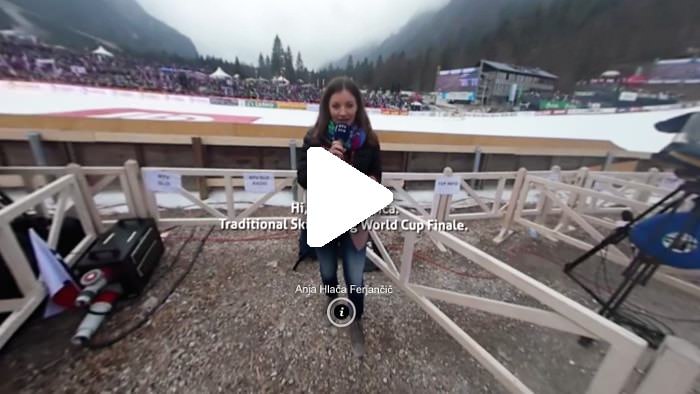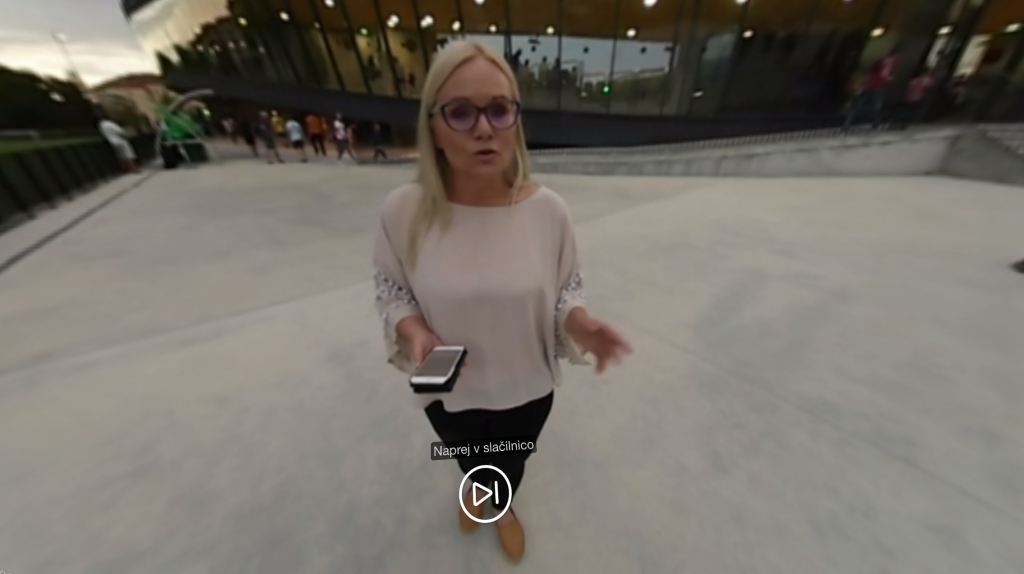Journalism is like a factory.
That’s what I was told when I had coffee with Clyde Bentley, an associate professor at University of Missouri and journalist with over 25 years of experience in journalism world.
“You need to come up with the story and publish in 24 hour intervals. Make your story, package it and put in on the conveyor belt. Next day, do it again”, said Bentley.
We talked about the impact and potential virtual reality has in news media industry and in journalism in general. Virtual reality, even though it has been on the spotlight for a couple of years, still doesn’t have that much presence in media houses. Yes, you have New York Times, CNN, Huffington Post and other heavy hitters, but what is stopping other small and media houses to embrace VR as a storytelling medium?
As it turns out, quite a lot of things.
Start your free trial of Viar360!
Journalists need to be fast
VR sounds as a complex beast to tackle and coral to your needs. As a journalists, you will have to cover a royal meeting that comes into town and release the full story in the next hour or so. You are constantly under pressure and working inside tight deadlines. Try something new? There’s no time for it.
The story needs to come out and the best way to ensure that, is to use what you’ve always used. Even if VR sounds great, you don’t have a sliver of time to take it out. There are no tools around it and this small 360 camera doesn’t look like it could establish much.
Technology Overwhelm
Virtual just seem like a daunting task. How can you possibly invest time into it?
Well, it needs to be easy at first.
For current news it doesn’t even need to look pretty. When speed is the priority you’re completely ok with “quick n’ dirty” report, as long as it is out fast.
When you think of recording a current piece with a sophisticated camera rig, where you need at least a couple of hours for rendering, plugging different SD cards to PCs and deal with stitching, you know this would be impossible.
However, if there would be a simple quick shoot and a way to edit and publish a story immediately with a simple spherical camera which has the auto-stitching feature and software that allows upgrading the piece with narration, additional information or even embedded media, that would be something else.
Fear of losing control
“As a journalist you spend entire career pointing at people. You point a camera at them, a mic, a notebook, there’s always something that you aim at your point of object”.
That’s all great. You know what you’re doing and as a producer or a journalist you can control the environment and your aim.
When it comes to 360˚ video, this control gets lost. There’s one 360 camera that stands in the room and your viewer could watch something completely different then you want them too. That is scary. Almost terrifying.
But there is a solution. If you use interactive elements – (Viar360 platform uses hotspots to control and ad attention points on the 360 media) you can take the control back.
Monetization
Let’s not fool ourselves. Print media has already been taking a toll. TV is losing the battle against on-demand media and online publishers are fighting for attention and those views.
You can do what you always do and try to push harder to push your story. But with information overwhelm it can almost feel like pushing against a stone.
It can be exhausting and the results doesn’t alway reflect the work that has been put into the story piece. Virtual reality is the new ingredient, a new medium which attracts and engulfs viewer into the story itself. To not use it as a tool would be giving up the opportunity for someone else to grab the attention of your audience.
Can you afford that?
Non-Linear Storytelling
When we are talking about control and engagement, the interactivity and non-linear storytelling is something that solves the issue. Offering your viewer a chance to pick path A or path B, C means that you’re giving him an opportunity to consume the story as he wants to.
Not only you will have a higher engagement, but you can count on repeat views. In the recent case study, the viewers who consumed interactive VR story, 27% of them returned to the start and experienced it right from the beginning.
Does online publishers care about repeat views? Absolutely, especially if you can include some sorts of native advertising.
Solutions
“Use this few pieces in the story. Try this element and add it in and let me know how it performs,” said Bentley. A lot of journalists might already tried 360˚ medium but they were disappointed with the results.
Others are still in caught in the conveyor paradox of manufactured stories. With the blinders on and being too busy to turn away from the industrial machine, they keep on producing the same stories with diminishing results.
The big opportunity comes from academia which have the freedom to play around with new ways of storytelling and tackle VR in the news labs. But they have time to play around, broke things, experiment with everything. They don’t have deadlines like you do.
Quite the opposite, they are encouraged to spend more time. They are encouraged to take stuff into their own hands and break them or get dirty.
And that’s what we did. With the VR publishing platform that is catered for effective storytelling we approached top journalists universities in the country. The students and professors tested it out and provided feedback.
Together we’ve created a tool that lets any reporter create a storytelling piece in 360˚ with hotspots that would include high engagement and repeat views. Read our first mini pilot case study here.





